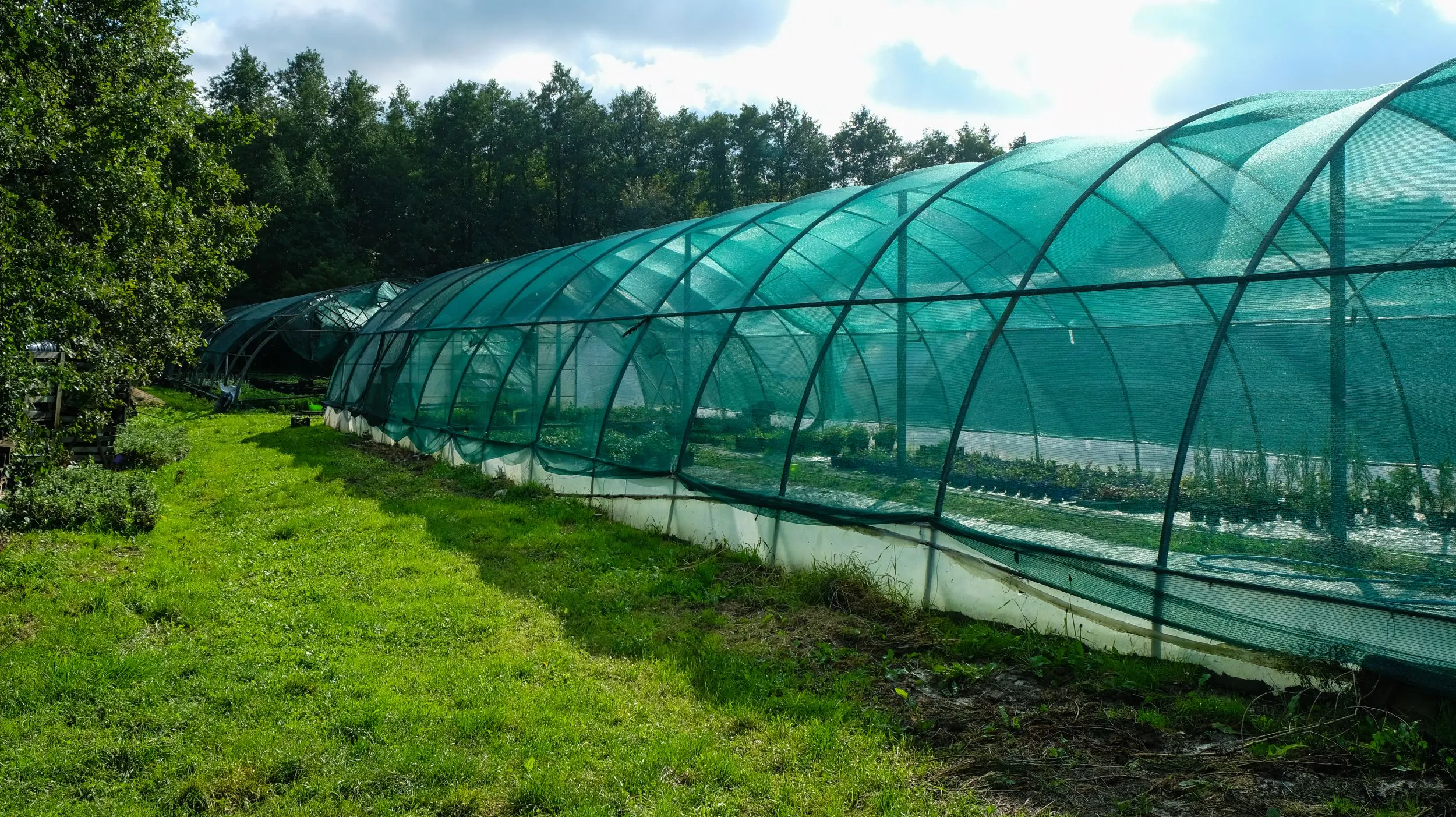Products in the technical textiles industry come in a wide variety of forms and have a wealth of uses across sectors. Unlike traditional garment fabrics, which are made to generally provide comfort and style, a technical fabric has a specific function for which it has been designed and is not intended to be decorative. Examples of functions provided by technical textiles include chemical resistance, fire resistance, antibacterial protection, water resistance, netting, sound dampening, filtering, and much more.
The many different types of technical textiles are often categorized into the following sectors:
- Agriculture
- Clothing
- Construction
- Environmental
- Household
- Industrial
- Medical
- Packaging
- Protective
- Sports
- Transportation
Technical textiles can use a range of materials including natural fibers, synthetic polymers, regenerated fibers, minerals, and metals. They include knitted, woven, and non-woven fabrics and may derive their functionality from the fabric itself, a textile coating, or a combination of the two. Textile coatings are very common in the technical textiles industry. Technical textiles are used in everything from protective clothing and household goods like towels and tablecloths, to tents, awnings, fishing nets, crop covers, ropes, architectural materials, bandages, and a wide range of other products.
Technical Textiles Industry Overview
The technical textiles industry is one of the fastest-growing sectors of the textiles market, with its products in high demand for numerous applications. Currently, the global technical textiles industry is worth around $200 billion and is expected to continue growing over the next several years despite disruptions such as the Russia-Ukraine war and other supply chain disruptions.
Asia-Pacific is the biggest producer of technical textiles, accounting for nearly half of global market revenue, and is expected to continue to dominate in the near future. China in particular is a key manufacturer but India and other countries play an important role as well, with India planning to more than double its technical textile production over the next five years.
Europe is also a significant region for the industry, with Italy being responsible for a quarter of the continent’s output, followed by Germany and France. Fashion clothing and household textiles lead the market in the region, though the automotive and healthcare sectors are also contributing to demand. Italy specialized in technical garments for the medical industry during the height of the pandemic, but when production returned primarily to China, the country’s industry turned its focus to sustainable textiles to meet growing demand for environmentally friendly products. The North American market is expected to see significant growth due to high demand from the construction and healthcare industries.
Eco-Friendly Innovations
Recyclable textiles are becoming an increasingly high priority for manufacturers, as standards from regulations and consumer demand both become stricter and the pressure to create sustainable products increases. Currently, global fiber production amounts to 92 million tons annually, including both natural and synthetic, but less than 1% of this total is recycled into new fibers. The global market is expected to increase fiber production by 45 million tons by 2030, meaning a significant increase in waste as well.
However, there is also a growing focus on creating fibers and fabrics that are more easily recyclable, as well as developing new and more efficient recycling systems. In Europe, the EU’s Strategy for Sustainable and Circular Textiles will mandate separate collection of textile wastes at the start of 2025, along with an extended producer responsibility (EPR) scheme for waste produced. There are an increasing number of incentives in Europe and globally to increase textile recycling, and technical textiles made from recycled materials or made to be easily recyclable will become more common and in higher demand.
One example of making textiles more recyclable comes from Swedish company OrganoClick, which has developed a line of 100% bio-based binders for nonwoven fabrics. Typical binders are made from fossil plastic polymers such as EVA and acrylates, but OrganoClick’s new binders use food industry waste such as shrimp shells, orange peel, and wheat bran, making them fully compostable.
These binders can be used to enhance the functionality of nonwoven technical textiles in a variety of ways, such as improving flame resistance or making the fabric stronger, softer, or stiffer. They can also be used with woven textiles to improve rigidity and resistance to wear, which makes a good material for products such as sunscreens and home textiles. The binders are water-based and can be applied by coating or by spray or dip impregnation. They can also be used with most natural fibers and can be adapted for synthetic fibers as well.
OrganoClick’s bio-based binders are already being used in a variety of products, including napkins and tablecloths, agricultural sheeting, and hygiene products. The company has also worked with Ellepot and Ahlstrom-Munksjö to create fully bio-based and biodegradable nonwoven plant pots for the horticulture industry and is involved with many other projects with various customers.
Researchers at Aalto University in Finland have also developed a new eco-friendly textile technology called Ioncell. The new manufacturing method turns textiles and pulp into textile fiber without using any harmful chemicals, resulting in material that offers the best properties of manufactured cellulose fibers and better mechanical properties than cotton. The process uses an ionic liquid that is non-flammable and environmentally friendly to dissolve cellulose and create the fiber. This means fabric made through this technology can both recycle waste textiles and be recycled in turn.
Ioncell could also be used with other types of materials to create products such as films, hydrogels, powders for food additives, and reinforced fibers for composite. It has been tested with multiple companies and is currently in a pilot production phase.
Forest industry company Metsä Group has developed a new sustainable textile as well. Its textile fiber Kuura is made from paper-grade pulp, which offers a higher yield of fiber from wood as well as saving energy during production. Kuura uses traceable raw materials and is made of wood from certified and sustainably-managed Finnish forests.



